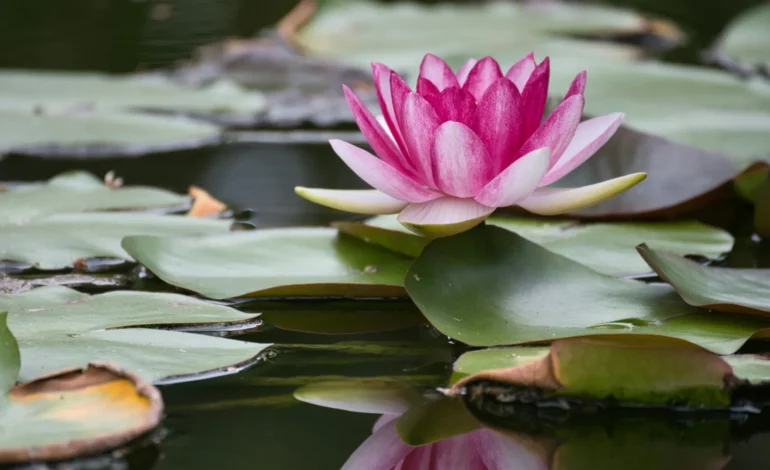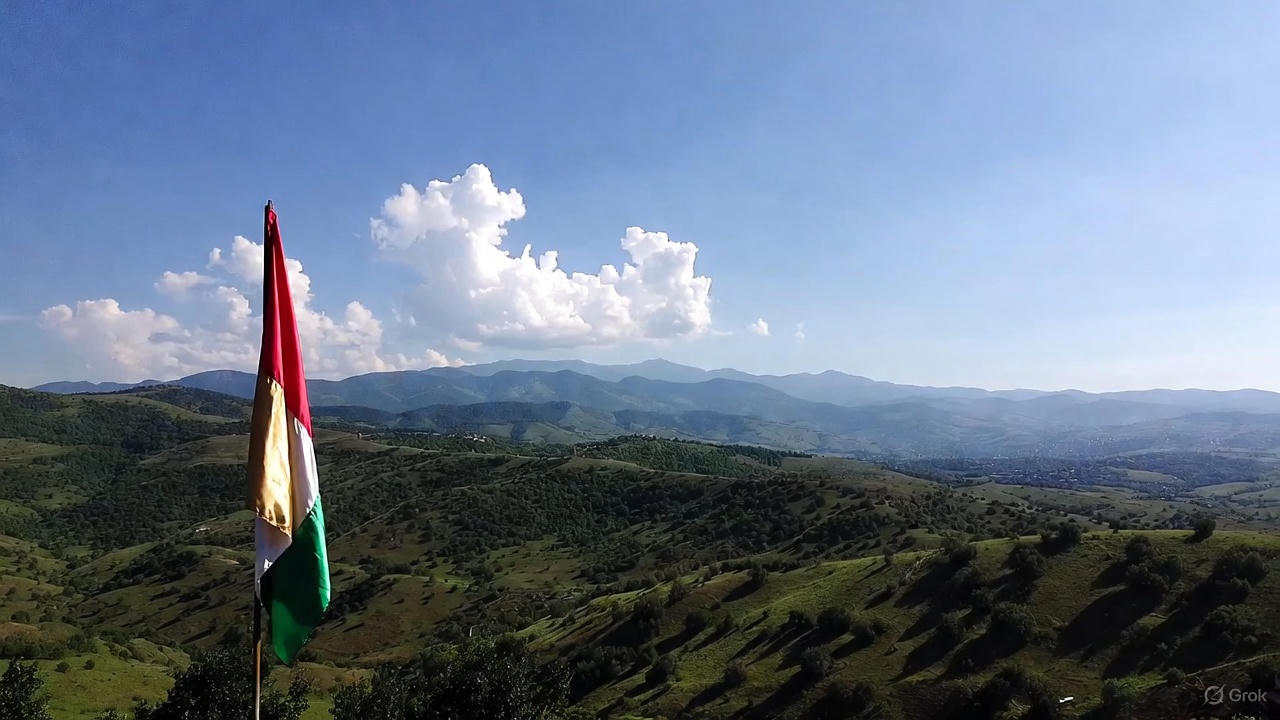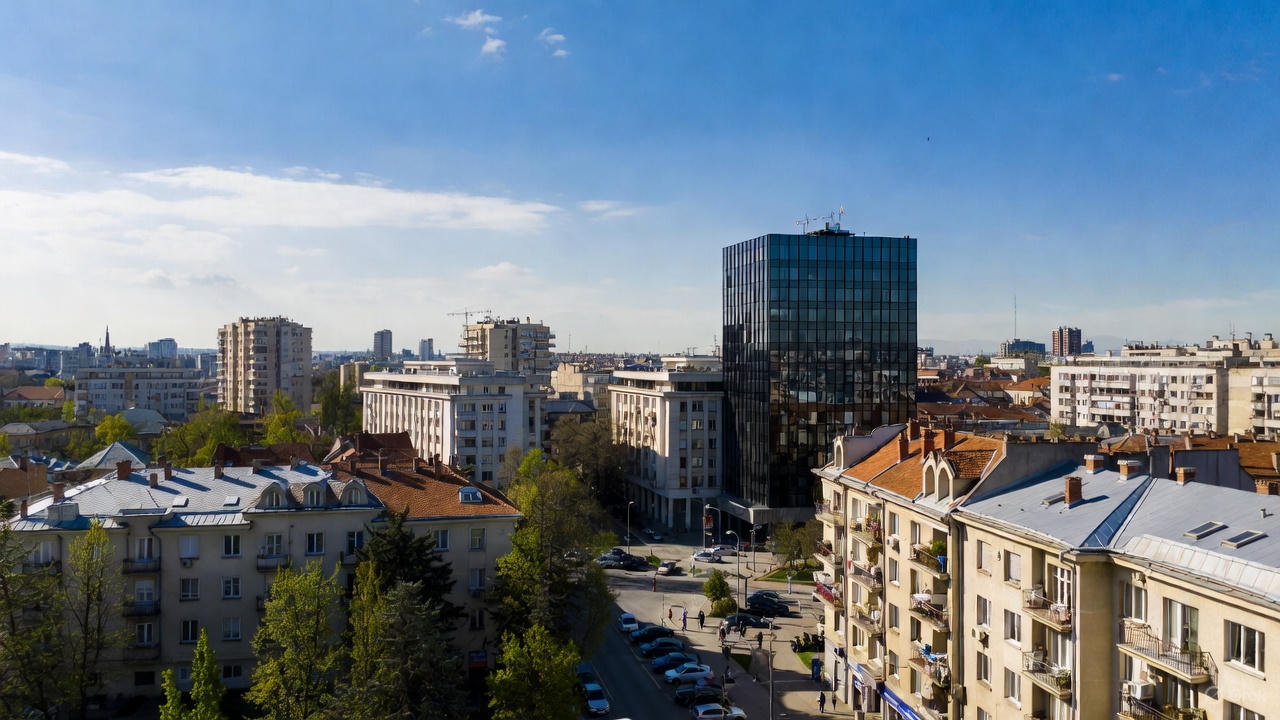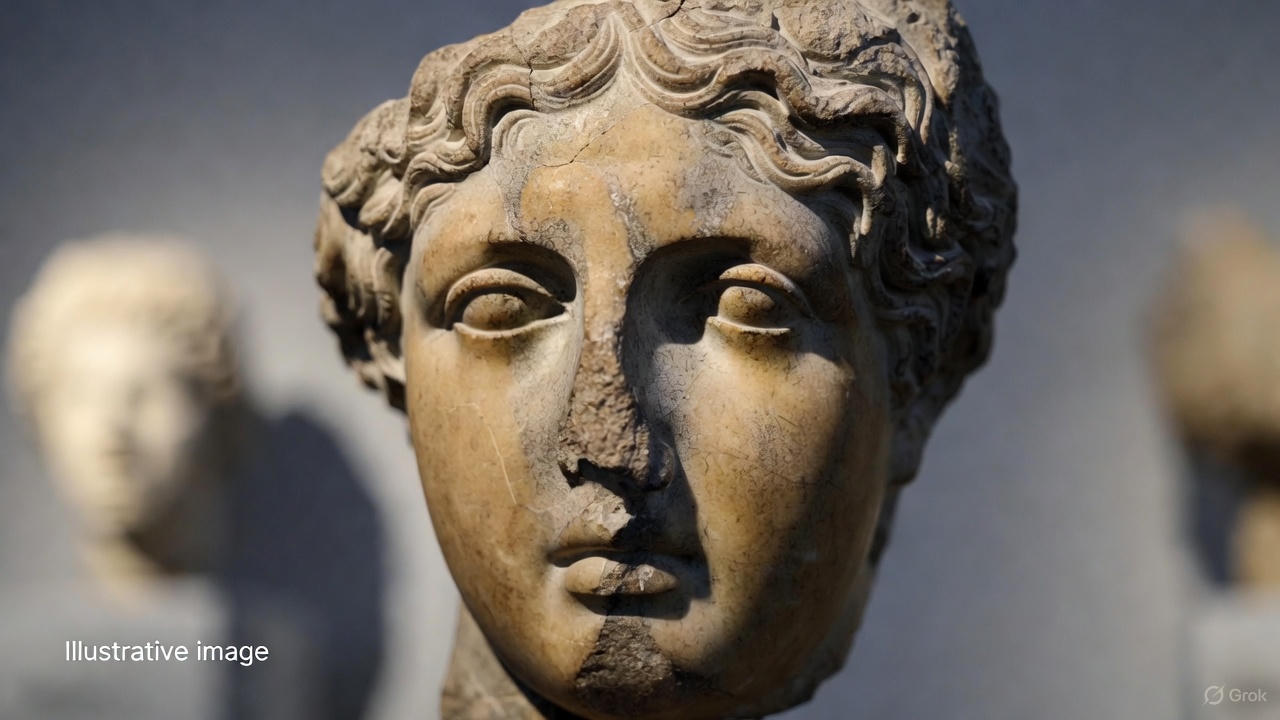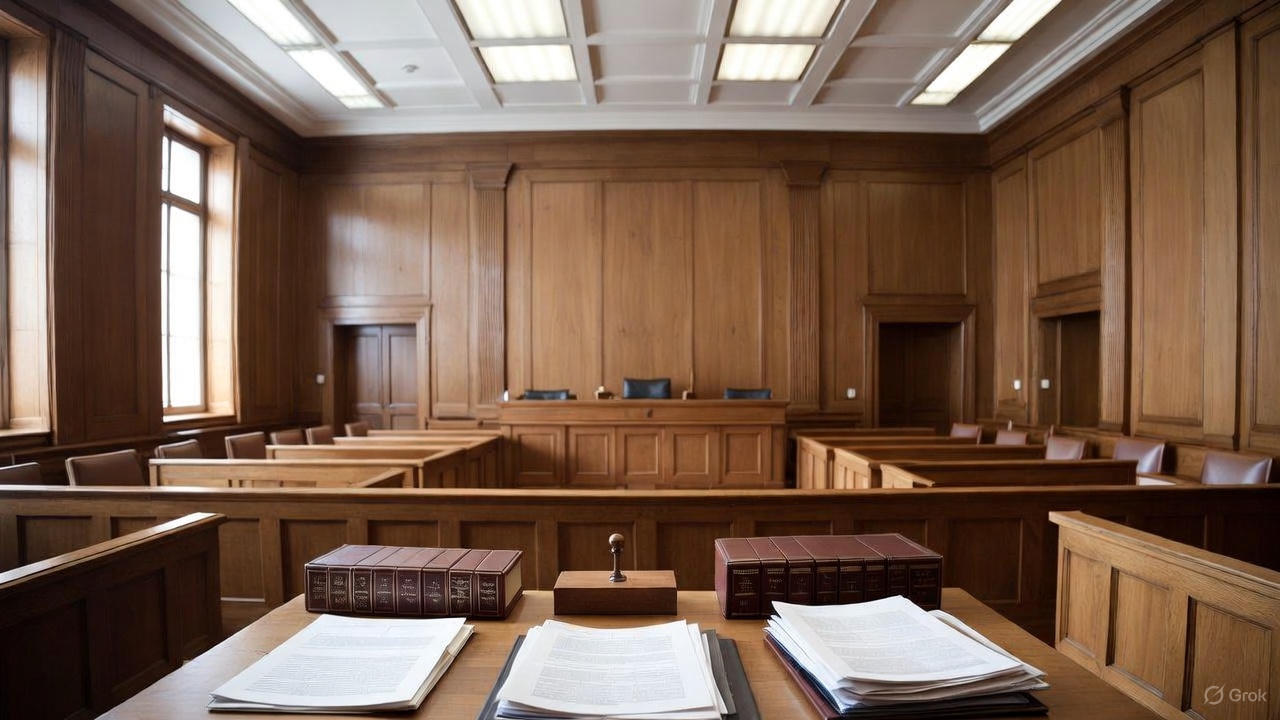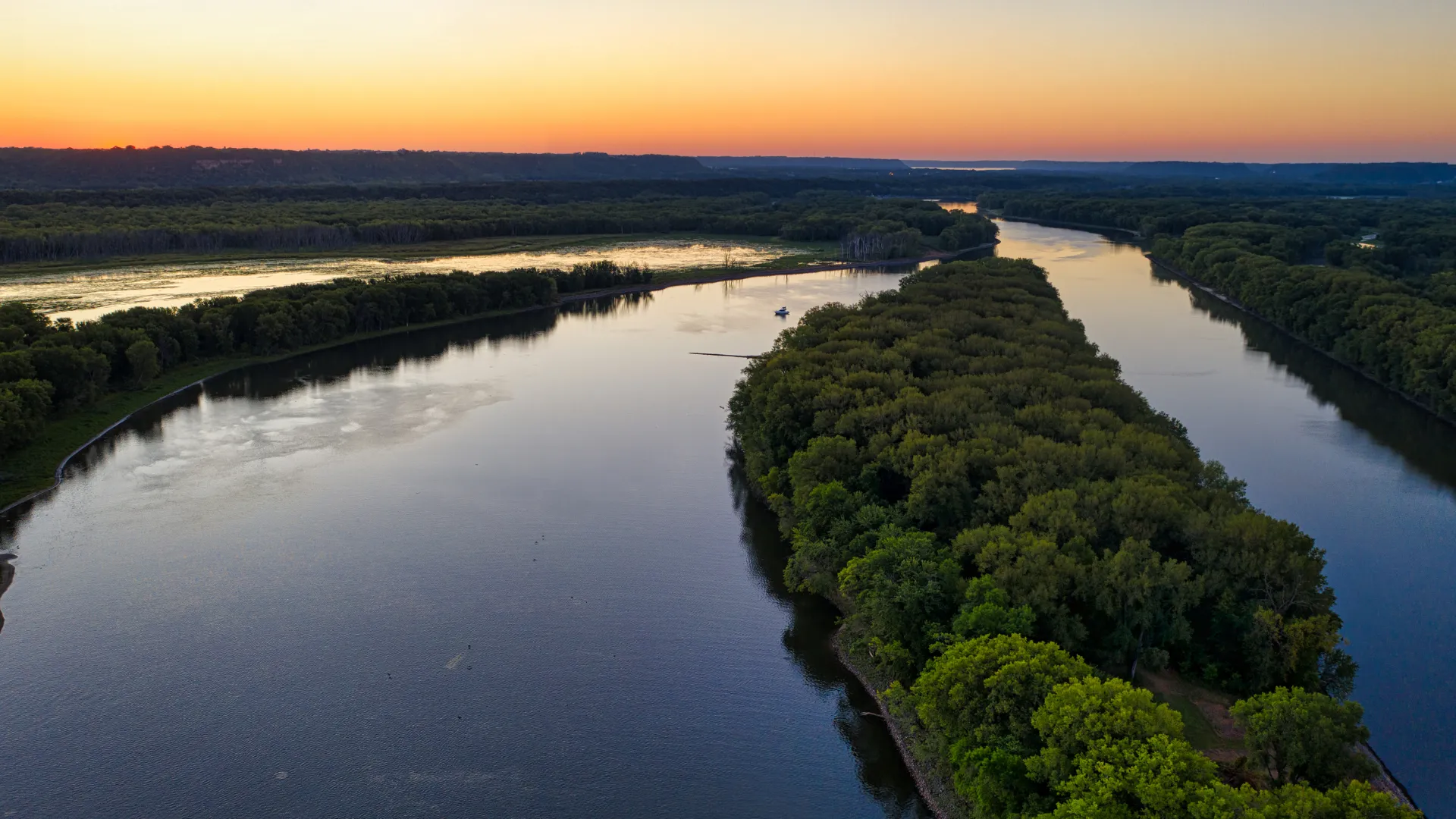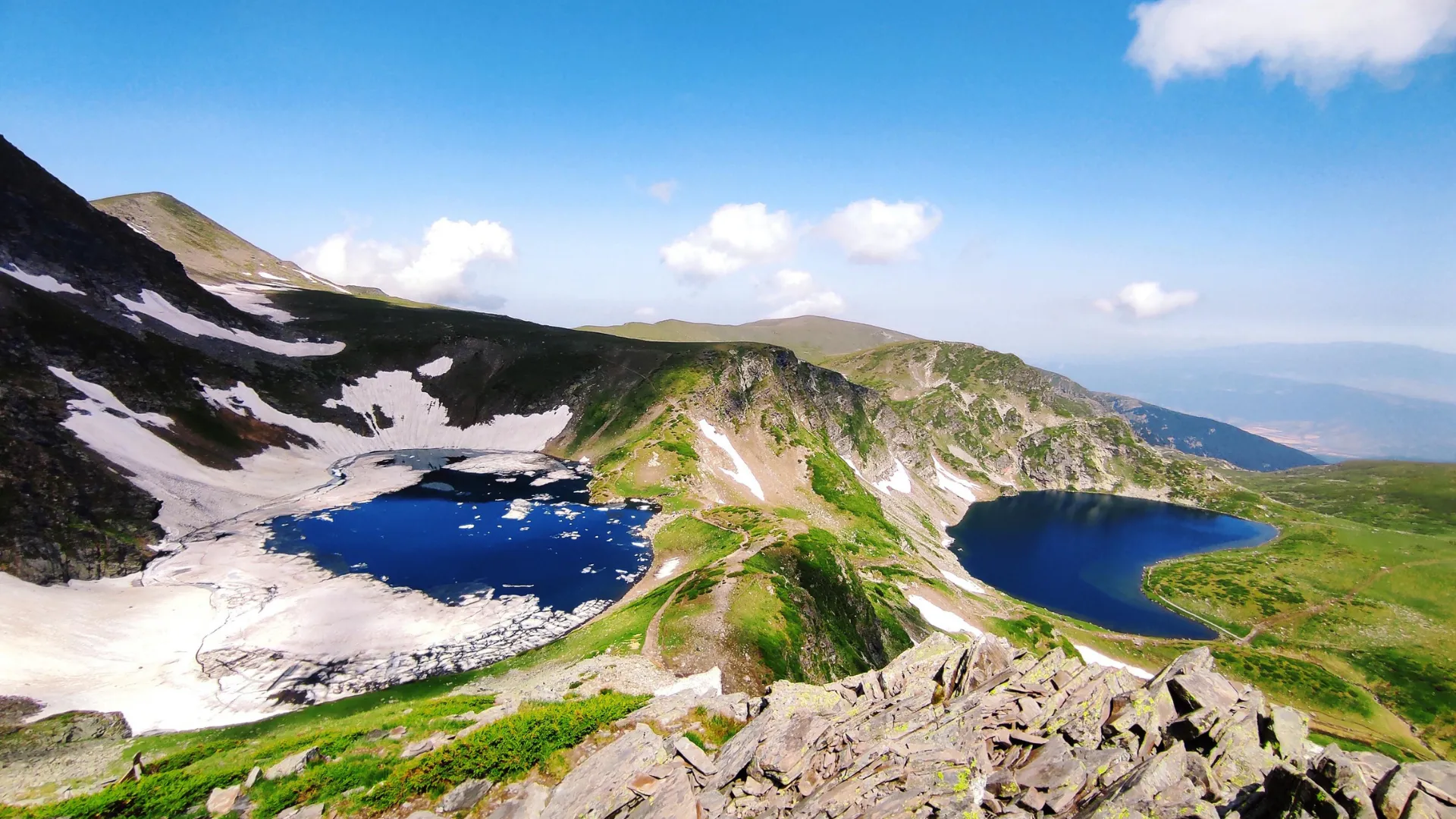Sozopol and the Bulgarian Black Sea Coast: Where Ancient History Meets Seaside Charm

Nestled along the western shores of the Black Sea, Bulgaria’s coastline stretches for approximately 378 kilometers, offering a captivating blend of golden beaches, ancient history, and vibrant resort towns. Among these coastal treasures, Sozopol stands out as a jewel that perfectly encapsulates the essence of Bulgarian seaside culture—a town where cobblestone streets whisper tales of millennia past, while the rhythm of waves and the aroma of fresh seafood create an atmosphere of timeless Mediterranean charm.
A Journey Through Time: Sozopol’s Ancient Origins
Sozopol’s story begins over 2,600 years ago, making it one of the oldest towns on the Bulgarian Black Sea coast. Founded around 610 BCE by Greek colonists from Miletus in Asia Minor, the settlement was originally called Apollonia Pontica, named after the Greek god Apollo. The ancient city quickly flourished as a major trading hub, establishing itself as one of the most important ports on the western Black Sea coast.
The town’s strategic location made it a coveted prize throughout history. Ancient Apollonia was renowned for its colossal bronze statue of Apollo, created by the sculptor Calamis, which stood over 13 meters tall and served as a lighthouse for ships approaching the harbor. According to historical accounts, this magnificent statue was later plundered by the Romans in 72 BCE and taken to Rome, where it adorned the Capitol for centuries—a testament to the city’s former glory and artistic achievement.
Throughout the centuries, Sozopol passed through the hands of various empires and kingdoms: Romans, Byzantines, Bulgarians, and Ottomans each left their mark on this coastal gem. The town’s current name, Sozopol, meaning “City of Salvation,” dates from the Byzantine period and reflects the town’s enduring significance as a safe harbor and cultural center.
The Old Town: A Living Museum
Today, Sozopol’s Old Town, situated on a rocky peninsula jutting into the Black Sea, is a remarkably well-preserved architectural ensemble that transports visitors back to the Bulgarian National Revival period of the 18th and 19th centuries. The town is divided into two main parts: the Old Town on the peninsula and the newer Harmanite district to the south.
Walking through the narrow, winding streets of the Old Town feels like stepping into a painting. Traditional wooden houses with their characteristic bay windows and stone foundations line the cobblestone lanes, many painted in warm earth tones that glow golden in the evening light. These Revival-period homes, built in the distinctive style of Bulgarian seaside architecture, feature overhanging upper floors that create shaded passages below—a practical design element that provided relief from the summer heat while maximizing living space in the densely built peninsula.
The architectural heritage of Sozopol is so significant that the entire Old Town has been declared an architectural and archaeological reserve. Many of these historic houses have been lovingly restored and now serve as small hotels, art galleries, restaurants, and craft shops, allowing visitors to experience authentic Bulgarian coastal living while supporting the preservation of this unique cultural landscape.
Archaeological Treasures and Cultural Heritage
Sozopol’s long history has made it a treasure trove for archaeologists and history enthusiasts. The Archaeological Museum, housed in a historic building in the Old Town, displays artifacts spanning millennia of human settlement. Collections include ancient Greek amphorae, coins, anchors, and everyday objects that paint a vivid picture of life in ancient Apollonia. Particularly impressive are the ancient stone anchors and the fragments of marble sculptures that once adorned the ancient city.
In recent years, underwater archaeological expeditions have discovered numerous shipwrecks and ancient artifacts in the waters around Sozopol, adding new chapters to our understanding of ancient maritime trade routes and naval warfare in the Black Sea. These discoveries have reinforced Sozopol’s claim as one of Bulgaria’s most historically significant coastal settlements.
Perhaps the most intriguing recent discovery came in 2010, when archaeologists unearthed what they claimed to be relics belonging to St. John the Baptist on St. Ivan Island, just offshore from Sozopol. This find attracted international attention and brought renewed focus to the region’s early Christian heritage. Whether one accepts the attribution or not, the discovery highlights the area’s importance as an early Christian center and pilgrimage destination.
The remnants of the ancient city walls, dating from various periods, can still be seen in places, particularly along the southern edge of the peninsula. These weathered stones, some dating back to Hellenistic times, serve as tangible connections to the countless generations who sought safety and prosperity behind Sozopol’s fortifications.
Beaches and Natural Beauty
While history provides Sozopol’s soul, its beaches offer pure pleasure. The town is blessed with several beautiful beaches, each with its own character and appeal. The Central Beach, located just south of the Old Town peninsula, is the most accessible and popular, offering golden sand, clear waters, and all the amenities visitors expect from a modern resort.
For those seeking a more tranquil experience, Harmani Beach stretches southward from the town center, offering a longer expanse of sand and somewhat quieter atmosphere, though still well-equipped with beach bars, restaurants, and water sports facilities. The gentle slope of the seabed makes these beaches particularly suitable for families with children.
South of Sozopol, the coastline becomes more dramatic and less developed. Camping sites nestle among dunes and forests, offering a more rustic seaside experience for those who prefer sleeping under canvas to the comforts of hotels. These areas attract a bohemian crowd of backpackers, artists, and free spirits who gather for impromptu music sessions around beach bonfires.
The Black Sea itself, despite its somewhat ominous name (derived from ancient Greek navigational challenges), offers warm swimming waters throughout the summer months, typically from June through September. The sea is less salty than the Mediterranean and has no tides, making for calm, predictable swimming conditions. The water’s temperature can reach a comfortable 24-25°C (75-77°F) in July and August, perfect for extended swimming sessions.
Island Adventures: St. Ivan and St. Peter
Just offshore from Sozopol lie two small islands that add to the town’s allure. St. Ivan Island, the larger of the two, holds the remains of a medieval monastery complex where the aforementioned controversial relics were discovered. The island can be visited by boat during summer months, offering adventurous visitors a chance to explore these atmospheric ruins while enjoying panoramic views of the coastline.
St. Peter Island, smaller and closer to shore, also bears ruins of an ancient chapel. Both islands are important nesting sites for seabirds and are protected as part of the region’s ecological heritage. The boat trips to these islands provide excellent opportunities for photography and a different perspective on Sozopol’s picturesque coastline.
Cultural Life and Festivals
Sozopol is not merely a museum town resting on ancient laurels—it pulses with contemporary cultural life, particularly during the summer season. The town has long attracted Bulgarian artists, writers, and intellectuals, giving it a distinctly bohemian atmosphere that sets it apart from the larger, more commercialized resorts like Sunny Beach to the north.
The Apollonia Arts Festival, held annually in early September, is one of Bulgaria’s premier cultural events. For over five decades, this festival has brought together theater performances, film screenings, art exhibitions, and musical concerts, transforming the Old Town into a vibrant cultural hub. Performances often take place in atmospheric outdoor venues, including the ancient amphitheater remains and various squares throughout the Old Town, creating magical evenings where contemporary art meets ancient setting.
Throughout summer, numerous smaller cultural events, craft fairs, and art exhibitions populate the town. Street musicians perform on the waterfront promenade as the sun sets, while local artists display their works in impromptu galleries along the cobblestone lanes. This artistic energy creates an atmosphere markedly different from the purely hedonistic resort culture found elsewhere along the coast.
Culinary Delights: A Taste of the Black Sea
No visit to Sozopol would be complete without sampling the local cuisine, which celebrates the bounty of the Black Sea. Numerous restaurants, ranging from simple taverns to upscale establishments, line the waterfront and populate the Old Town’s streets. Fresh fish and seafood naturally dominate menus, with local specialties including grilled mackerel, rapana (sea snails), and various fish soups and stews.
The traditional mehana-style restaurants offer authentic Bulgarian cuisine in atmospheric settings, often featuring live folk music in the evenings. Shopska salad, tarator (cold cucumber soup), and fresh grilled fish accompanied by a glass of crisp white wine from the nearby wine regions provide the perfect meal after a day spent exploring or lounging on the beach.
For the more adventurous, trying fried sprat (small fish served whole) or grilled squid at one of the simple beachside grills offers an authentic taste of local food culture. Many establishments pride themselves on sourcing fish directly from local fishermen, ensuring the freshest possible ingredients.
Practical Information for Visitors
Sozopol is easily accessible, located approximately 35 kilometers south of Burgas, Bulgaria’s second-largest Black Sea city and home to an international airport. Regular buses connect Sozopol to Burgas and other coastal towns, making it convenient as either a day-trip destination or a base for exploring the southern Black Sea coast.
Accommodation options range from luxury hotels to family-run guesthouses and budget-friendly hostels. Many visitors opt to stay in the traditional houses of the Old Town, which have been converted into small boutique hotels, offering an immersive historical experience. However, these tend to book up quickly during the peak summer months of July and August, so advance reservations are advisable.
The shoulder seasons of late May-June and September offer an appealing alternative to peak summer, with pleasant weather, fewer crowds, and lower prices, while still maintaining enough warmth for beach activities. September, in particular, combines comfortable swimming conditions with the cultural offerings of the Apollonia Festival.
While Sozopol itself is compact and easily explored on foot, having a car opens up opportunities to discover the wider region, including the dramatic cliffs of Sinemorets to the south, the bird-watching paradise of Ropotamo Nature Reserve, and various secluded beaches and coves along the coast.
Beyond Sozopol: The Broader Black Sea Coast
While Sozopol deserves several days of exploration, it also serves as an excellent base for discovering the diversity of Bulgaria’s Black Sea coast. To the north lies Burgas, a working port city with an appealing seaside park, interesting museums, and a more authentic, less touristy atmosphere than the major resort towns.
Further north, the ancient city of Nessebar, another UNESCO World Heritage site, offers medieval churches and fortifications on a similarly picturesque peninsula. While more developed and crowded than Sozopol, Nessebar’s concentration of Byzantine churches makes it a fascinating complement to Sozopol’s primarily classical heritage.
Southward, the coast becomes wilder and less developed. The mouth of the Ropotamo River, where a protected nature reserve provides habitat for water lilies, rare birds, and reportedly even sea turtles, offers scenic boat tours through pristine wetlands. The southernmost Bulgarian coastal villages near the Turkish border maintain a more rural, undiscovered character that appeals to adventurous travelers.
Preserving Paradise: Challenges and Conservation
Like many coastal destinations experiencing increasing tourism, Sozopol faces the challenge of balancing economic development with heritage preservation and environmental protection. The strict building regulations within the Old Town architectural reserve have successfully prevented the kind of high-rise development that has marred some other Black Sea resorts, but pressure for development remains constant.
Environmental concerns include beach erosion, wastewater management, and the protection of marine ecosystems. Local authorities and conservation organizations work to address these issues, with initiatives ranging from beach cleaning programs to efforts to establish marine protected areas.
The town’s future success will depend on maintaining the delicate balance that makes it special—preserving its authentic character and historical heritage while providing modern amenities and managing the environmental impact of tourism. So far, Sozopol has largely succeeded in this balance, remaining a destination where cultural depth and natural beauty coexist with tourist comfort.
The Timeless Appeal of Sozopol
Sozopol represents the Bulgarian Black Sea coast at its finest—a harmonious blend of ancient history, architectural charm, natural beauty, and vibrant cultural life. Unlike purpose-built resort towns that offer little beyond sun and sand, Sozopol provides layers of experience that reward both quick visits and extended stays.
Whether you’re wandering the atmospheric streets of the Old Town at dawn, when morning light illuminates the wooden houses and fishing boats prepare for the day’s work; swimming in the warm waters of the Black Sea; exploring underwater archaeological sites; enjoying fresh seafood while watching the sunset from a waterfront tavern; or attending a performance during the Apollonia Festival, Sozopol offers moments of authentic connection with Bulgarian coastal culture.
For travelers seeking a destination that engages the mind and spirit as well as offering relaxation and natural beauty, Sozopol delivers abundantly. It reminds us that the best tourist destinations are not those that have been manufactured for tourism, but those that have evolved organically over centuries, accumulating layers of history and culture that no amount of modern development can replicate. In an age of increasingly homogenized global tourism, Sozopol stands as a testament to the enduring appeal of authenticity, a place where every cobblestone and weathered wooden beam tells a story, and where the rhythm of the sea continues the ancient melody that has drawn people to this coast for over 2,600 years.


